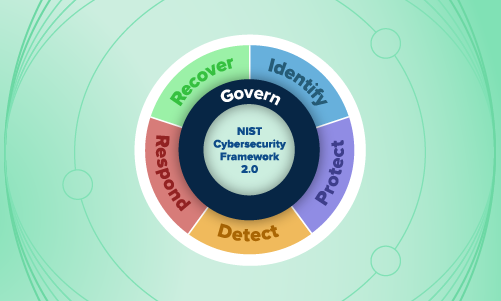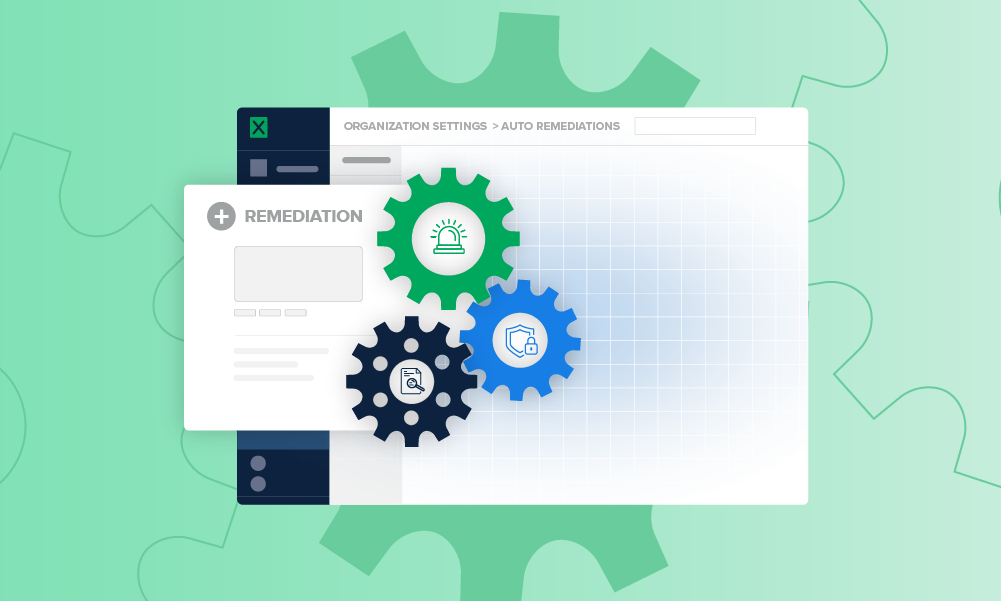Security operations · 2 MIN READ · KIM MAHONEY · MAY 25, 2023 · TAGS: MDR
Vulnerability prioritization is a key component of the vulnerability management lifecycle
An organization’s digital safety hinges on how well the security operations center (SOC) grasps its vulnerabilities. And according to a recent Forrester report, software vulnerabilities are the second-most reported attack vector facing security operations (SecOps) teams.
Which explains why vulnerability management is such a huge deal.
That term—vulnerability management—describes a sophisticated process by which organizations identify, assess, and remediate vulnerabilities within computer systems, networks, applications, and other technological infrastructure. Related terms (such as vulnerability assessment and vulnerability prioritization) are sometimes used interchangeably, but they have distinct meanings and play different roles in maintaining a secure environment.
Let’s unpack all this and define each term.
What’s included in vulnerability management?
The vulnerability management lifecycle encompasses the entirety of vulnerability handling, including identification, assessment, mitigation, and ongoing monitoring. Vulnerability management aims to reduce the attack surface and ensure that SecOps, security/risk management, IT operations, and other teams promptly address vulnerabilities to mitigate potential risks. These different teams collaborate to build processes that define rules, metrics, roles and responsibilities, and scanning frequency, among other things.
Vulnerability management also involves defining which technologies and tools are used, which vulnerabilities get prioritized, how frequently they get fixed, which patching/compensating controls are used, and generally how to improve and maintain a resilient security posture.
After these procedures are put in place, the next step in the vulnerability management process, assessment, begins with identification. The security team discovers and documents vulnerabilities present within the internal environment, typically employing vulnerability assessment tools that scan networks, systems, and applications for known weaknesses. Researchers also factor in other sources of information, including Common Vulnerability Scoring System (CVSS) scores, exploitability, age of the vulnerability, etc. After vulnerabilities are identified, security teams assess potential impact.
What is vulnerability prioritization?
Vulnerability prioritization, the next step in the vulnerability management lifecycle, helps security teams determine which vulnerabilities should be addressed first in remediation efforts, optimizing limited resources by focusing on the most critical risks. It evaluates vulnerabilities based on their severity, exploitability, and business impact and assigns a relative level of importance or urgency to vulnerabilities based on their potential impact and likelihood of exploitation.
(With a skyrocketing number of vulnerabilities reported each year—26,000 in 2022 alone—I’d argue it’s the most important step in the process.)
This process can be accomplished through manual research (over many hours), or using vulnerability prioritization technology (VPT) that aims specifically to collate and prioritize vulnerabilities (but will be another technology dashboard your security team must maintain). Another approach to prioritization is via a combination of the two that uses technology to identify specific information (and reduces the time it takes to prioritize), and a managed service team to conduct any further investigation (and remove the burden from your internal teams).
Why all organizations need a strong vulnerability management program
Vulnerability management, by covering the entire lifecycle, ensures vulnerabilities are addressed systematically. But understanding which vulnerabilities pose the greatest threat is as difficult as it is important. Static methods like CVSS help, but they don’t account for dynamic factors like exploitability or context to the organization. After all, the person or organization reporting the vulnerability assigns its level of criticality based on its context within that organization alone.
By contrast, a risk-based prioritization system can match internal context for the risk with the degree of exploitability and provide a clear assessment and prompt reporting of criticality and potential impact if the issue stays unresolved.
A fully realized vulnerability management program is essential to safeguarding an organization
Vulnerability prioritization is central to an effective vulnerability management program because, without it, security teams would have no way of knowing where best to start, and no way to keep up with the growing numbers.
This wouldn’t be a huge problem in a world with infinite resources, but most of us don’t live in that world. To confidently prioritize according to the greatest risk not only improves organizational security, it also exerts a dramatic impact on your company’s cost footing.






